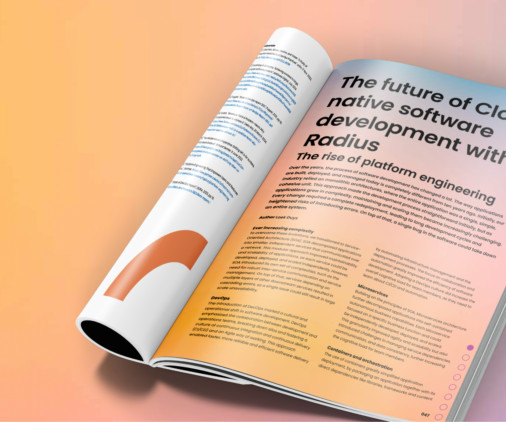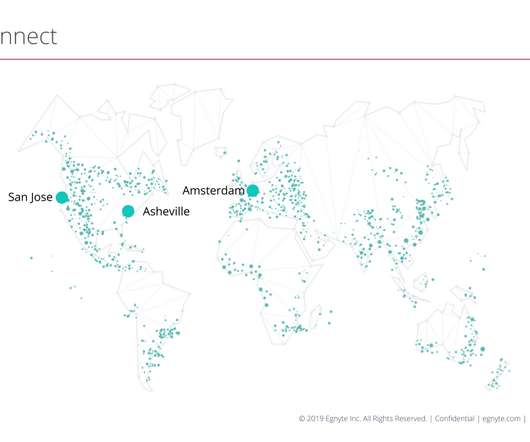The future of Cloud-native software development with Radius
Xebia
DECEMBER 16, 2024
Ever increasing complexity To overcome these limitations, we transitioned to Service-Oriented Architecture (SOA). SOA decomposed applications into smaller, independent services that communicated over a network. Each Microservice focused on a specific business function and could be independently developed, deployed, and scaled.















Let's personalize your content